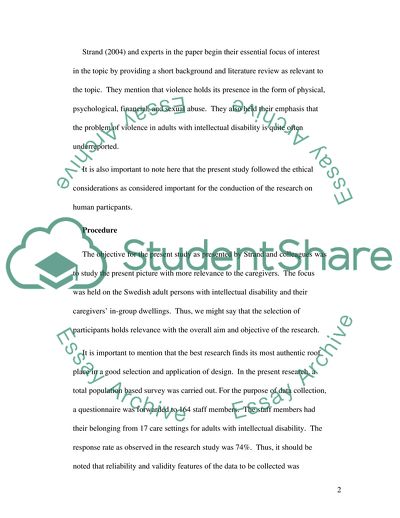Cite this document
(Violence in the Care of Adult Persons with Intellectual Disabilities Term Paper, n.d.)
Violence in the Care of Adult Persons with Intellectual Disabilities Term Paper. Retrieved from https://studentshare.org/nursing/1703143-crirically-evaluate-a-published-nursing-research-study
Violence in the Care of Adult Persons with Intellectual Disabilities Term Paper. Retrieved from https://studentshare.org/nursing/1703143-crirically-evaluate-a-published-nursing-research-study
(Violence in the Care of Adult Persons With Intellectual Disabilities Term Paper)
Violence in the Care of Adult Persons With Intellectual Disabilities Term Paper. https://studentshare.org/nursing/1703143-crirically-evaluate-a-published-nursing-research-study.
Violence in the Care of Adult Persons With Intellectual Disabilities Term Paper. https://studentshare.org/nursing/1703143-crirically-evaluate-a-published-nursing-research-study.
“Violence in the Care of Adult Persons With Intellectual Disabilities Term Paper”. https://studentshare.org/nursing/1703143-crirically-evaluate-a-published-nursing-research-study.


